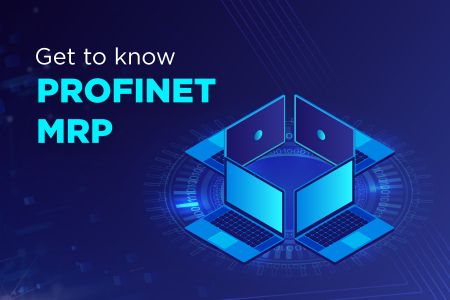
What is a VPN and why to use it in the Industry
With the increase in the use of the internet and cyber-attacks on the public network, there was a need to connect devices in a secure and affordable way, keeping data encrypted and difficult to be intercepted. This structure, called VPN, is the subject of today`s article.
What is a VPN
VPN, which stands for Virtual Private Network, is an intermediary and optional network service between the user and the internet. Through this secure tunnel, we can conduct a confidential navigation, with encrypted internet traffic and other online identity, making it difficult to track our activities on the network.
To better understand how this service works, we must know that when we connect to the internet, we are identified by an IP address. This address, together with a large part of our data, travels openly and can be intercepted by hackers. When we use a VPN for connection, we can protect ourselves and avoid being easily identified, as we will be using an IP address provided by the VPN server.
What is this resource for
By functioning as a kind of bridge connecting different devices over the Internet, VPN offers distinct functions for users. In 2020, during the beginning of the pandemic period, when the home office gained prominence as a work modality, VPNs allowed employees to connect to the company`s network to save files and send confidential information. This activity also favored contact between employees, who were able to exchange information via the private network.
The VPN service also offers protection of our privacy and our data in case we can only use public networks, where organizations can have easy access to what we do. In this way, a secure and encrypted connection is promoted.
Main types of VPN
Currently, there are several kinds of VPNs, each capable of offering different types of connections. Check out the most used ones below:
- VPN PPTP: Acronym in English for Point-to-Point Tunneling Protocol, this VPN creates a tunnel and captures data, being the most commonly used. It is useful for both business users and home users. It is compatible with Windows, Mac and Linux systems.
- Site-to-Site VPN: Also called Router-to-Router VPN, this protocol is mostly used in corporate operations. Here, a virtual bridge is built to join networks in various locations and connects them to the internet, maintaining a secure and private communication.
- L2TP VPN: English acronym for Layer 2 Tunneling Protocol, this VPN is combined with another security protocol to establish a more secure connection, forming a tunnel between two L2TP connection points and another VPN. It is very similar to PPTP.
- IPsec: Acronym for Internet Protocol Security, this category protects communication over an IP network. A tunnel set up at a remote site allows access to your central site and protects Internet data by scanning each session and individually encrypting data packets across the entire connection.
- SSL and TLS: Acronym for Secure Sockets Layer and Transport Layer Security, here the web browser serves as the client and user access is restricted to specific applications rather than an entire network. It is mainly used by online shopping websites and service providers.
- VPN MPLS: Abbreviation in English for Label Switching, are more used for Site-to-Site connections. It is a standards-based feature that is used to speed up network packet distribution across various protocols.
- Hybrid VPN: This category combines MPLS and IPS models or IPsec-based VPNs, and is used by companies where using MPLS on their sites would not be the most suitable option.
VPN in industrial automation
VPNs offer the possibility of remote configuration and telemetry in hard-to-reach places. Imagine you are in an isolated location in China and need to make settings and design changes to your automation devices. Through this service, it will be possible to connect safely and with insignificant risk anywhere in the world, avoiding travel, wasting time and financial resources.
In this way, according to the different types of VPN connections, it is possible to transmit encrypted information and guarantee the highest security of your business and its devices, guaranteeing confidence in the development of processes.
Did you like this article? Do you want to know more about the world of technology and automation? Access our I&A Blog and learn more.




